iPhone 16 Pro Max: Does a 1mm bezel really make a difference?
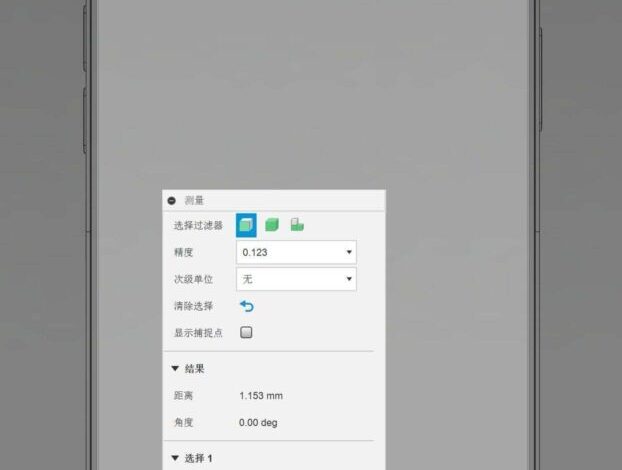
This tiny bezel will allow Apple to grace the iPhone 16 Pro Max with a larger display without making the phone itself much bigger or bulkier. But as exciting as this sounds, I can’t help but ask myself: will this ultra-thin bezel really improve the user experience, or is it just another clever marketing trick?
A thinner bezel sounds super appealing (at first)
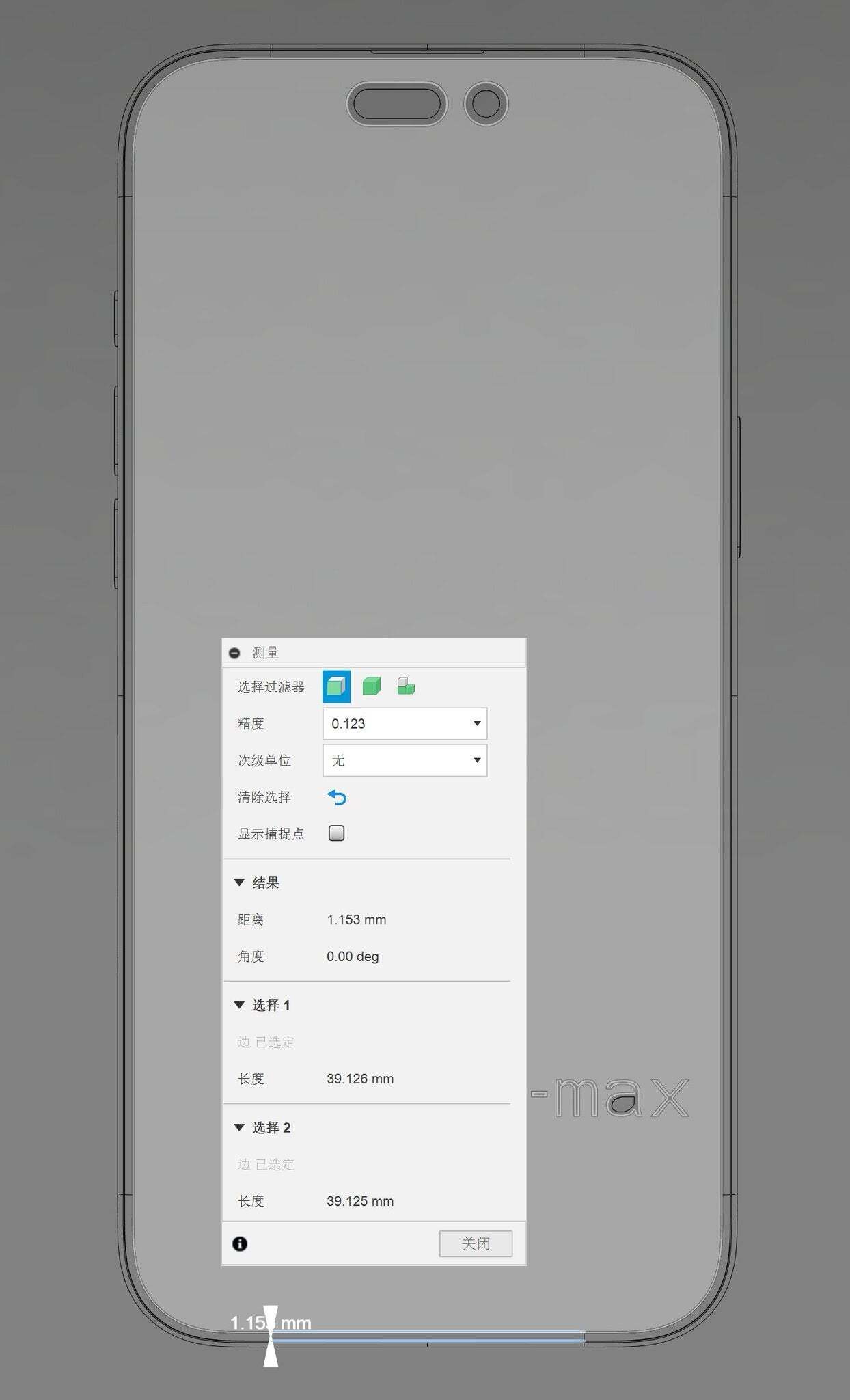

Bezels on the iPhone 16 Pro Max. Or are there? | Image Credit – IceUniverse
Let’s start by understanding why a thinner bezel is even worth discussing. Bezels are the borders that surround your phone’s screen, and for years, phone makers have been shrinking them to create a more immersive viewing experience. The idea is simple: less bezel means more screen. A thinner bezel gives you a larger display in the same physical space, which means you can enjoy more content without carrying a bigger device.
Apple hasn’t really been slimming bezels as much as other competitors (like Samsung, for example), but it’s been working towards making more sleek, elegant devices. And now, the iPhone 16 Pro Max is expected to take this to the next level with a bezel that’s barely there – just 1.15mm thick. This would make it the thinnest bezel on any iPhone yet, and likely one of the thinnest on the market.
But is thinner always better?
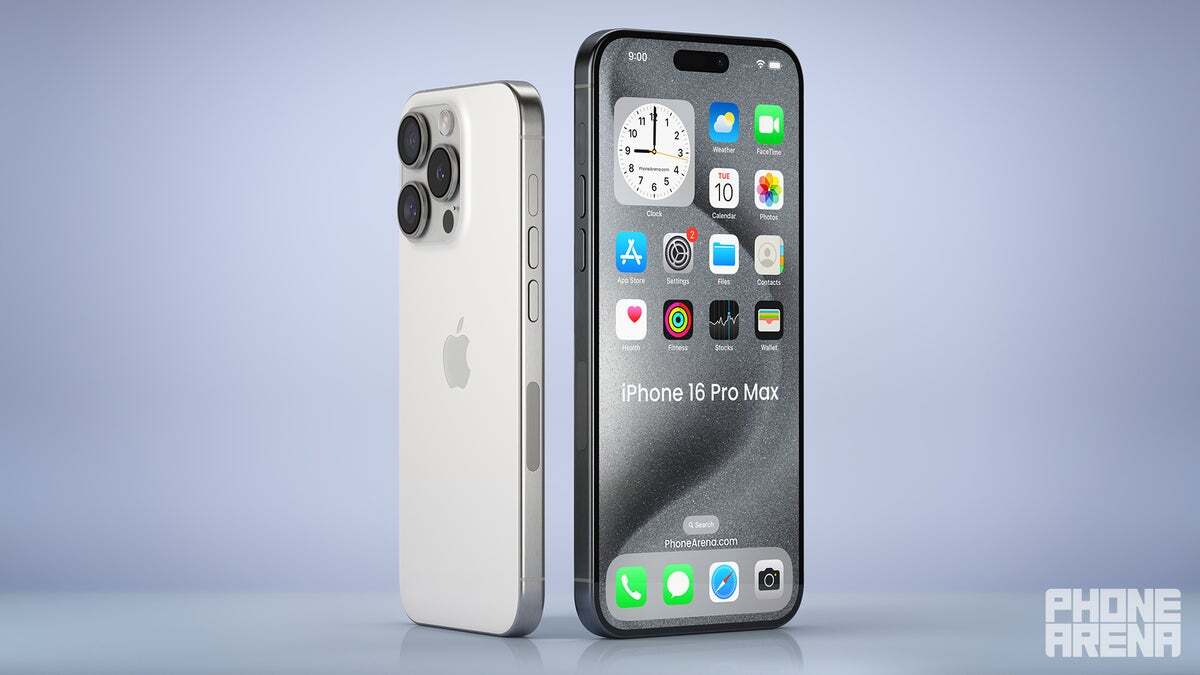

iPhone 16 Pro Max render. | Image Credit – PhoneArena
While a thinner bezel sounds impressive and definitely drives some people into hype mode, I insist we should consider whether it actually improves the phone’s usability.
For many people, a nearly bezel-less design is probably appealing because it makes the device look more modern and premium. Also, as I said, a thinner bezel can also make the screen feel more immersive: be it for video binge-watching, gaming, or just browsing social media.
However, there’s more to a phone than just how it looks. Usability is key, and this is why I’m a little bit concerned. When the bezel is so thin, there’s less room for error when holding the phone. So, we’re facing the potential problem of accidental touches that make the phone look like it has a mind of its own. Especially if you try to use it with one hand. And that is one annoying thing!
Another potential issue I can think of is the durability of the screen (especially in the breath-holding moment after a glorious flight toward the ground). Bezels are not merely a waste of space, they actually provide some protection to the screen! I don’t really want to be more sorry than safe… Although iPhones are generally known for their durability, it’s something to think about with such a thin bezel.
The Dynamic Island will still be there
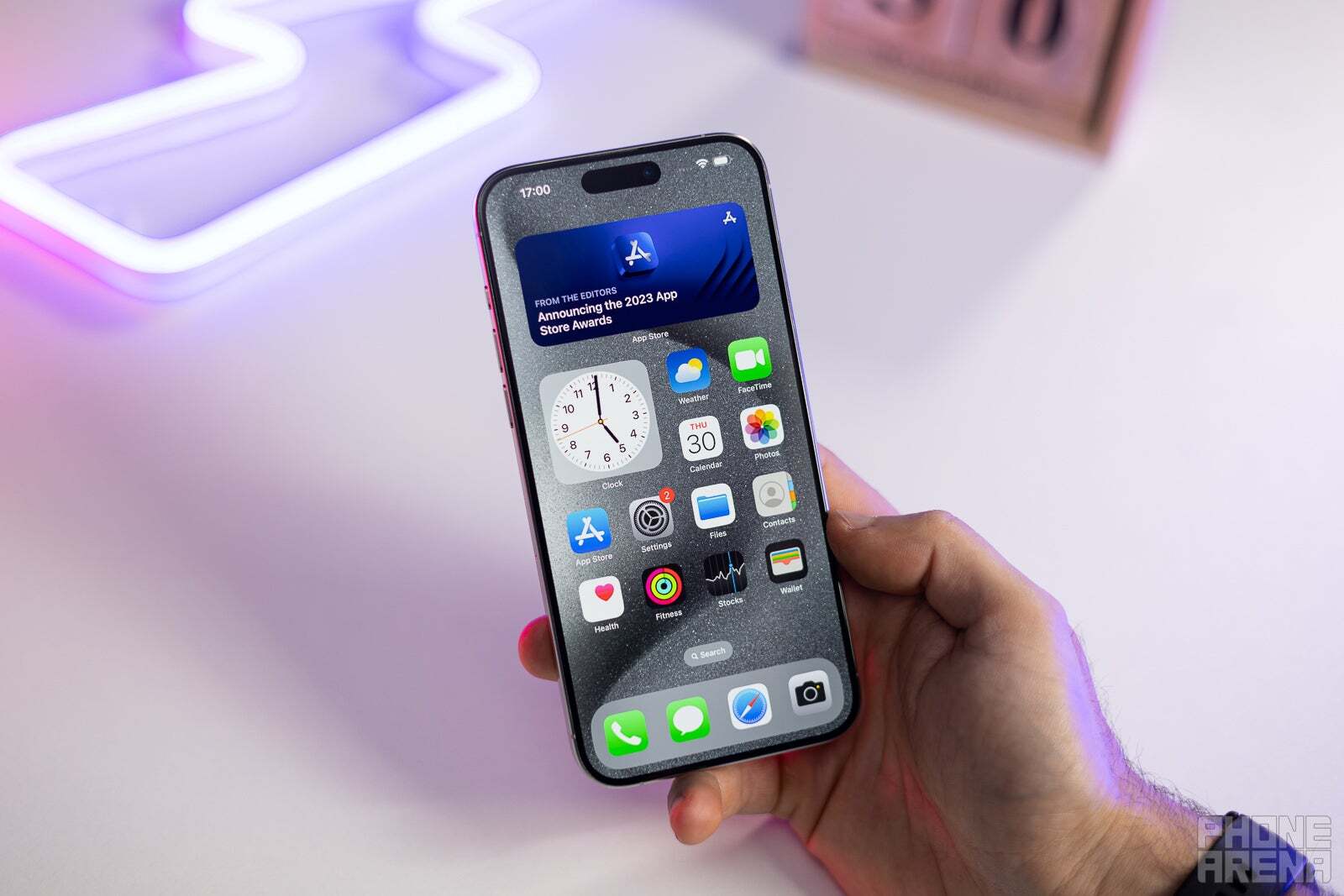

The Dynamic Island, the iPhone 15 Pro Max. | Image Credit – PhoneArena
Apple’s Dynamic Island was first introduced with the iPhone 14 Pro. And it will still be part of the iPhone 16 Pro models. The Dynamic Island is that pill-shaped cutout at the top of the screen that houses the front camera and Face ID sensors, and the thing that Apple marketed as a feature to replace the notch. Yep, it adds some extra functionality, but it also takes up a portion of the screen.
With the iPhone 16 Pro‘s thinner bezel, you might expect a gain in usable screen space, but the presence of the Dynamic Island may ruin the effect. Sure, the screen may be larger, but that additional space might not feel as impactful (quick note: “50% thinner bezels” doesn’t mean a “50% bigger screen”, folks) because the Dynamic Island still occupies a noticeable portion of the display.
Aesthetics vs functionality
Apple is known for its meticulous attention to detail, and the iPhone 16 Pro’s ultra-thin bezel will for sure make the device look stunning. But aesthetics aren’t everything (no matter how much I’d like them to be). A phone can look amazing, but if it’s less comfortable to use, that beauty loses some of its value. And I’ve come to appreciate functionality and comfort nowadays sometimes to the detriment of beauty (we can’t always have both!)
The iPhone 16 Pro’s thinner bezel is likely to make the device look more elegant and modern. However, it remains to be seen whether this design choice will elevate the user experience with the phone. Sure, Apple can do some magic behind the scenes to minimize accidental touches, and ensure durability, but still… will the magic be enough?
The thin bezel race
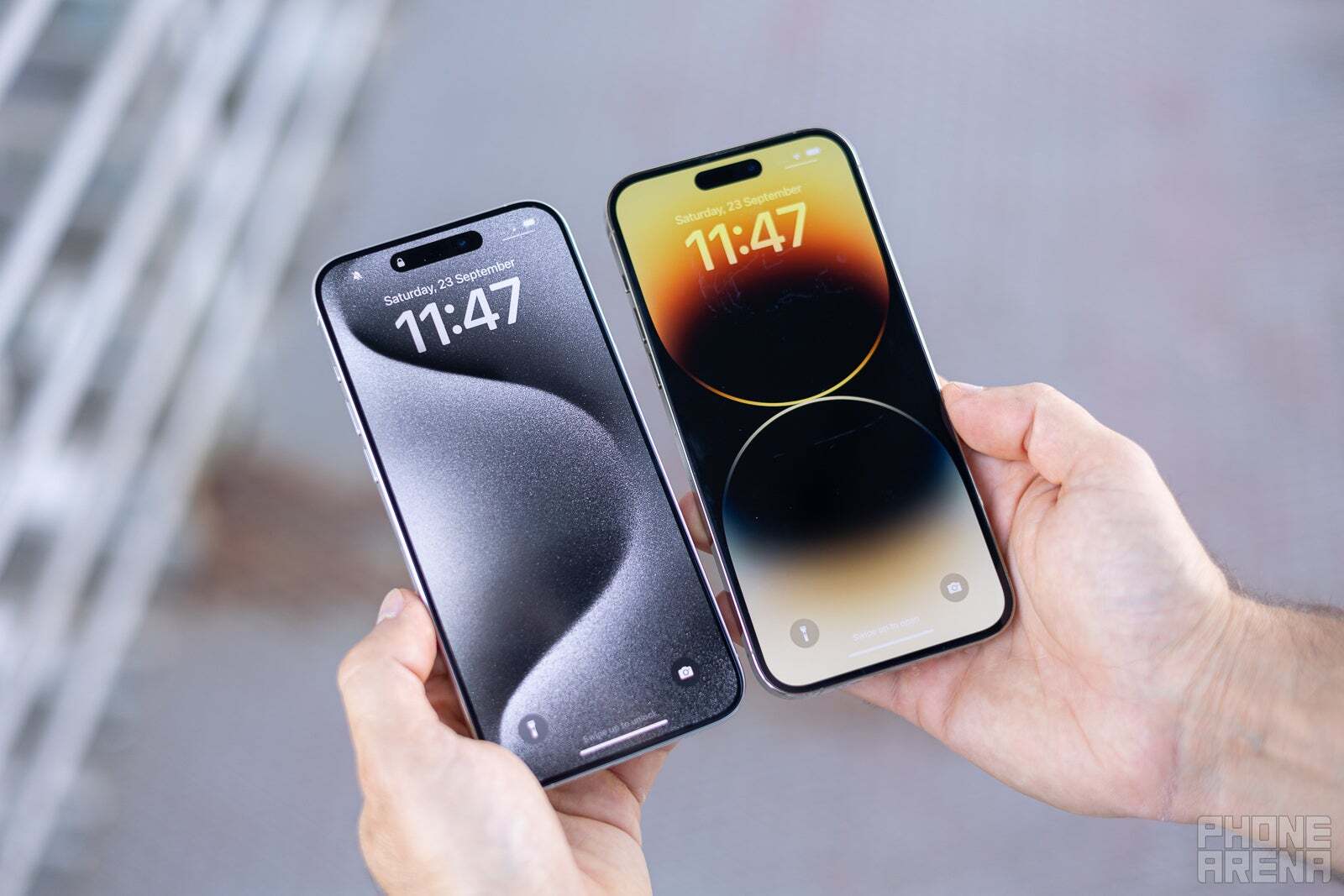

The iPhone 15 Pro Max vs the iPhone 14 Pro Max. | Image Credit – PhoneArena
Phones nowadays are top performers, and it’s getting harder and harder to differentiate from the competition. Chipsets are blazing fast and most people can’t tell the difference between this year’s flagship performance versus last year’s. Or the one from two years ago.
The situation with the bezels is similar. We’re getting thinner and thinner bezels, but I’m not sure, just in general, how important slimming them is. I don’t notice the bezels on my iPhone 13 Pro Max. Heck, I don’t notice them on my boyfriend’s iPhone 8 (and they’re enormous, what bothers me in the 8 is the Touch ID situation…). So, isn’t that another aspect of the “numbers game”, just like we have with the megapixels on phone cameras and processor speeds?
So, does a 1mm bezel really make a difference? The answer depends on what you value most in a smartphone. If you’re someone who prioritizes design and the look of your device, the iPhone 16 Pro’s thinner bezel could attract you (before you forget about bezels altogether). It could help the phone look more premium.
On the other hand, if you’re more concerned about how the phone functions in everyday use, you might not find the thinner bezel as compelling. We have the potential for more accidental screen touches, along with the minimal gain in actual usable screen space due to the Dynamic Island. Yep, this means the benefits might not be as significant as they first appear (or as Apple would want you to think).
Don’t get me wrong, in the end, I do think that the 16 Pro Max’s ultra-thin bezel is impressive. And it means Apple is still thinking of coming up with ways to help me tell iPhone models apart. But whether this makes a noticeable difference is up for debate. We need to get this phone once it’s released, live with it, and tell you how it feels to help clear things up. Until now, let’s wait (rather impatiently) for the upcoming event. I, for one, really want to see these new iPhones already!
Source link



